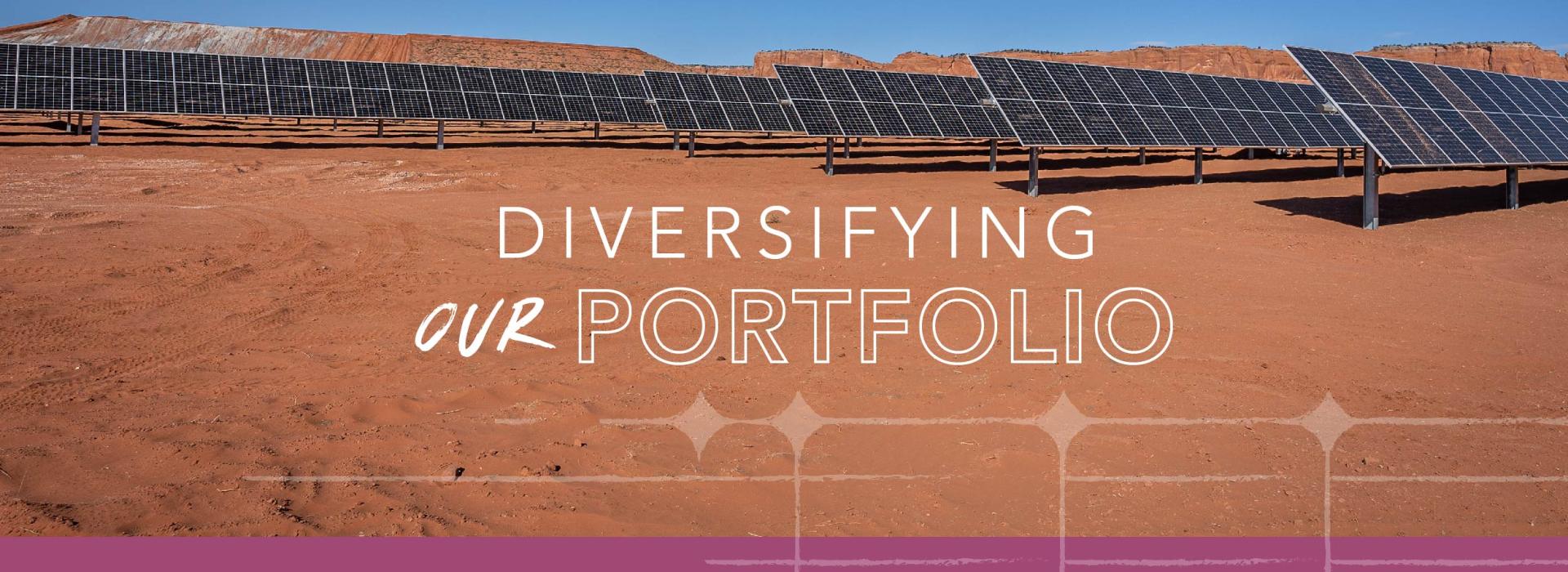
5/29/24
Diversifying Our Portfolio: A Q&A with Susan Hunter
In 2023, Vice President of Energy Resources Susan Hunter and the team kept the momentum on new renewable energy projects currently being built, while also planning for upcoming growth and embracing new transactional structures that will enable project ownership.
What progress is Tri-State currently making related to new renewable energy projects?
2024 and 2025 are going to be exciting years for Tri-State in terms of growth in our solar portfolio with the addition of 595 MW of new solar in our members’ service territories.
The 200 MW Escalante Solar Project is scheduled for completion in the spring of 2024. This project is unique because of its location on the land surrounding the former Escalante Generating Station in McKinley County, New Mexico, and in the service territory of Tri-State member Continental Divide Electric Cooperative. Tri-State is buying the output of that project under a long-term contract with Origis Energy, the project’s owner. Later in 2024, the 140 MW Spanish Peaks Solar Projects will be completed. These projects are located in Las Animas County, Colorado, and in the service territory of Tri-State member San Isabel Electric Association. Their output will be purchased under a long-term contract with Deriva Energy.
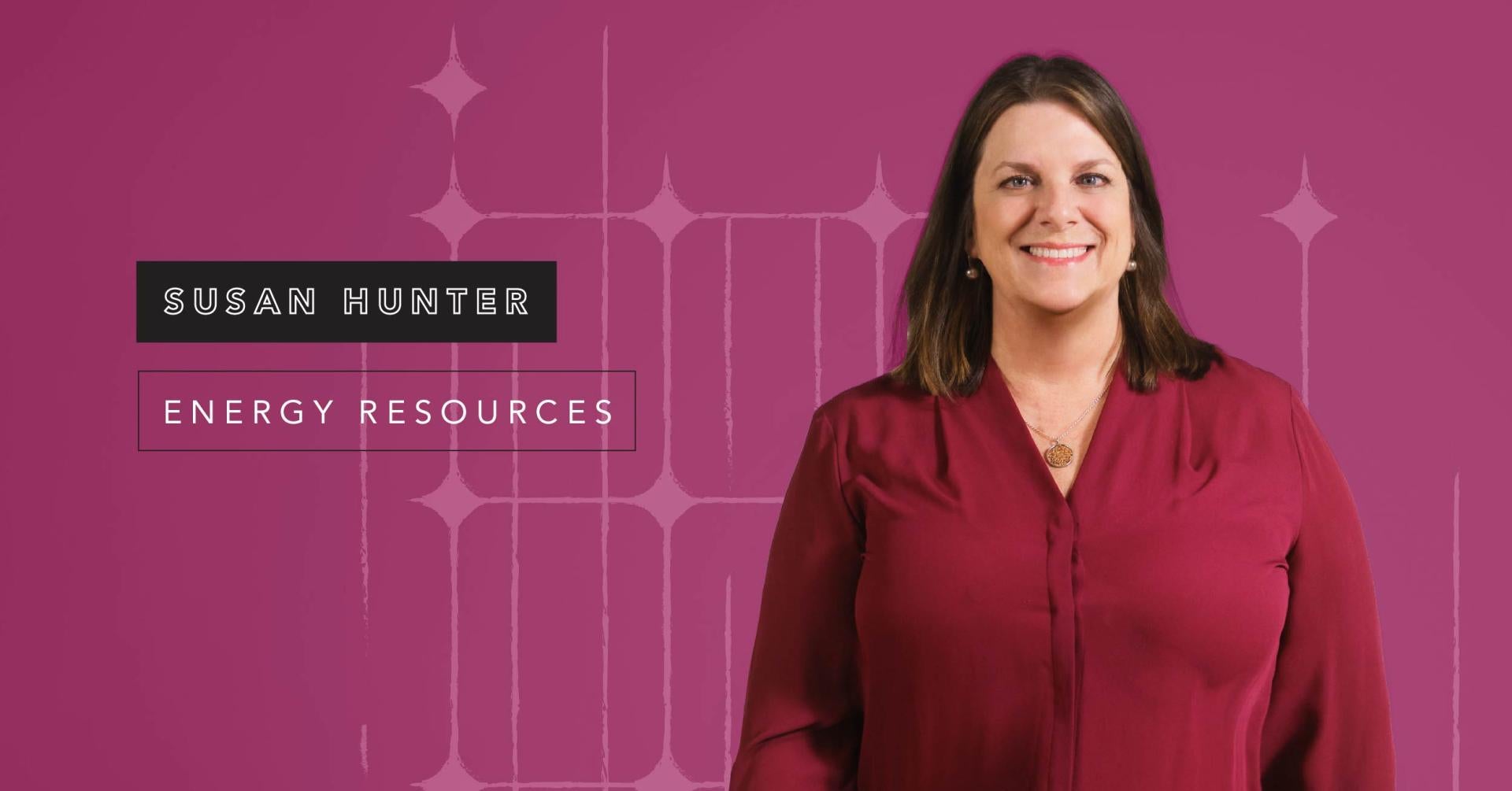
In 2025, Tri-State expects two additional solar projects to achieve commercial operation – the 110 MW Dolores Canyon Solar Project and the 145 MW Axial Basin Solar Project. Both will be located in western Colorado, in the Tri-State member service territories of Empire Electric Association and White River Electric Association, respectively. What is especially exciting about these projects is that they will mark Tri-State’s first ownership of renewable projects. This was made possible by the direct pay provision in the Inflation Reduction Act of 2022, which allows entities such as Tri-State to receive the payment of tax credits previously not accessible to most electric cooperatives.
When these five projects are completed, Tri-State will have 680 MW of utility-scale solar in our resource portfolio, placing us among the largest solar co-ops in the nation.
How do we approach the process of acquiring new resources to fulfill the 2023 Electric Resource Plan?
Our preferred plan in the 2023 ERP calls for 1,250 MW of geographically distributed renewables and battery storage between 2026 and 2031, including:
- 500 MW of wind resources
- 200 MW of wind resources with storage hybrids
- 310 MW of storage
- 240 MW of solar resources
Tri-State will follow a competitive resource solicitation as we have done before when acquiring new resources. We will evaluate a large number of project proposals and find those that can most reliably and economically serve our members.
In Phase II of the ERP process, we release a Request for Proposals, evaluate the proposals, and then model the competitive proposals that advance beyond the initial screening. The bid evaluation process looks not only at pricing and interconnection viability, but also at non-price factors such as community stewardship (like locating a new project in a member system service territory where the local economy can benefit), certainty of equipment supply, and counterparty experience.
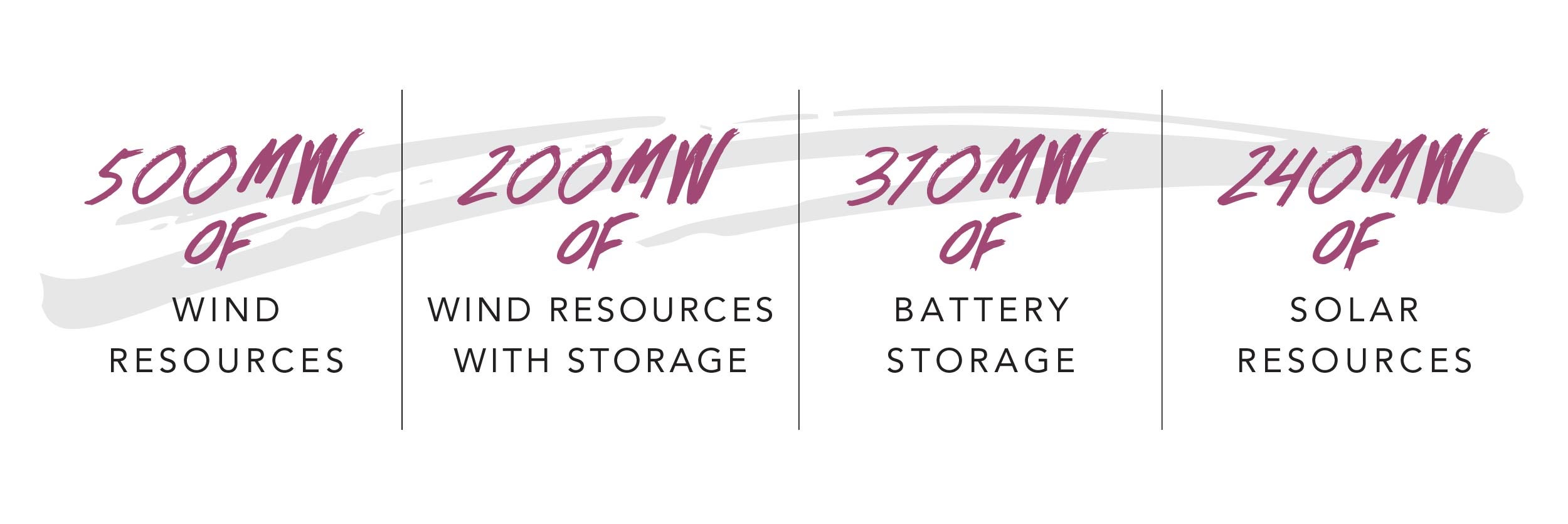
The Phase II modeling results are presented to the Colorado Public Utilities Commission in portfolios of resources depending on the scenario modeled. Once the commission issues a final decision, Tri-State can negotiate agreements for those resources that were approved.
What is Tri-State’s approach to owning renewable projects in the future, vs. continuing power purchase agreements?
As I mentioned, the Inflation Reduction Act provided tremendous opportunity, not only through the direct payment of tax credits, but also through the availability of federal funding in the form of grants and low-cost loans. The availability of direct pay is a substantial benefit to owning our own projects, but with the prospect of additional financial assistance, the effective power purchase agreement (PPA) costs for projects over their 35-40 year lives are also especially competitive.
Although ownership of these resources is an exciting development, we believe a mix of ownership and PPAs represents a balanced approach that will mitigate risk for Tri-State and our members.
What challenges has Tri-State faced recently in bringing renewable projects online?
There has been unprecedented turmoil in the renewable development industry over the last several years, which has most certainly impacted our projects, as well as those planned by neighboring utilities in our region and throughout the United States.
The 595 MW of solar I discussed earlier were all supposed to come online in 2023. Given many factors – which one could call a perfect storm of challenges – these projects have been delayed. Inflation driving up the cost of materials, transportation and labor combined with uncertainty of equipment supply due to supply chain pressures, along with developers’ limited access to investment capital, have all resulted in the cancellation of many projects around the country.
We are fortunate to have committed development partners and a committed board of directors who have enabled all these projects to move forward.
--
About Tri-State
Tri-State is a power supply cooperative, operating on a not-for-profit basis, serving electric distribution cooperatives and public power district member-owners in four states. Together with our members, we deliver reliable, affordable and responsible power to more than a million electricity consumers across nearly 200,000 square miles of the West. Visit www.tristate.coop.
Blog Posts

Members of Tri-State direct and support our future Rick Gordon, chair and president

Cooperatives Bringing Electric Vehicle Chargers to Rural Communities
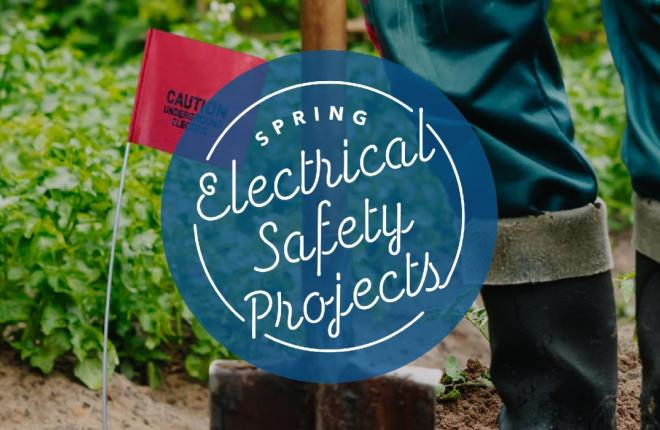
Include Electrical Safety in Your Spring Cleaning and Summer Projects

Co-op-Powered Broadband Keeps People Connected When it Counts

How Electricity is Keeping Food Supply Available

Take Advantage of These 5 Powerful Electric Gardening Tools

18 Stay at Home STEM Activity Sites for Learning and Fun
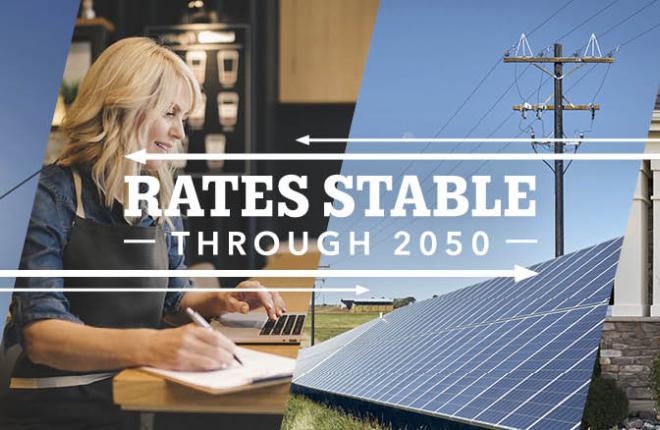
Tri-State’s wholesale rates are stable, and forecasted to remain so to 2050

